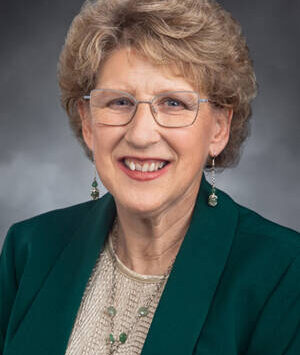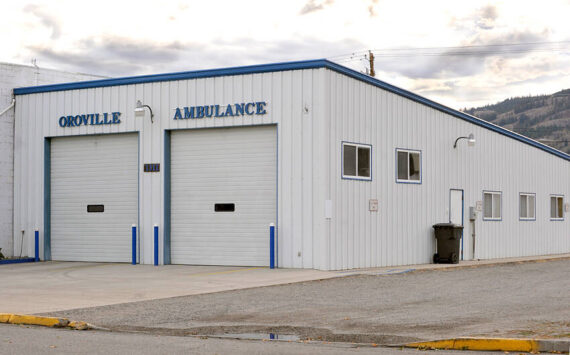TONASKET – The Tonasket School Board is trying to lay the groundwork for running a pair of levies. But at the board’s Monday, Sep. 23, meeting, it first found itself dealing with the consequences of rising costs that dipped the district’s fund balance to a level that alarmed at least one board member.
“When I look at the ending balance (for the 2012-13 school year), I’m having a heart attack,” said board member Catherine Stangland, who was concerned both with the fund balance and a big increase in accounts receivable expenses. “It shows the fiscal year ending at $390,000. Our accounts payable for the month are $330,000, and if you go to the reports, it’s usually in the $200,000 range.”
Business manager Deb Kitterman said that part of the reason the fund balance looked so low was because of how cash flow is reported, which she said she could detail at a future meeting.
“We have a reserve account at the ESD of $73,000,” she said. “Plus the accruals aren’t in there yet, which will be between $80-100,000 in revenue. So our ending fund balance is actually over $550,000.”
She said that some of the costs that have risen include a big increase in the district’s insurance costs, as well as the food, asbestos removal and others.
“Revenues and expenditures will both be higher than last year,” said Superintendent Paul Turner. “You’re seeing the expenditure side of it right now. We won’at see the increased revenues til next month. We’re trying to wade through this til those revenues catch up. The bigger picture, looking to the end of the year, is staying out of the reserve capacity that we built into the budget but we want to stay out of.”
He added that he and Kitterman had been discussing how to “tamp down” some of the expenditures.
“It looks like most years (the accounts payable) been around $200,000 in September. In 2007 it was over $300,000. The ending fund balance was higher that year, but it’s not completely unprecedented. “The combination of the two is, though. I feel very, very cautious about this.”
Levies
The district is looking at running both a maintenance and operations levy (to replace the one that is about to expire) and a capital levy to accommodate growing facilities needs.
The board and administration’s stated intent for both is to make the long-discussed desire of returning to a full school day a reality. The Tonasket School District’s day has been about 45 minutes shorter than what is considered a full day since it was shortened in the 1990s due to budget cuts.
In order to return to a full day, the district must hire a number of staff (which it has already begun to do), increase classroom space as well as deal with a space crunch caused by gradually growing enrollment.
The district currently has 1,067 students, about 37 more than budgeted for and 25 more than at the end of the school year.
“We’ve talked with the administrators about the number of staff (needed),” Turner said when discusting the M&O levy. We’ve discussed which specific positions that are tied to the levy. You would have the elementary music, PE, art and counselor. At the middle and high school, we would identify the initial hire.
“At the elementary we should leave it tied to those four because those are non-classroom based subjects.”
Projects funded by the capital levy will be tied to expansion of the district’s programs that will come about when the day is expanded.
“Have you had the discussion with the administrators about their needs and desires?” Stangland asked Turner.
“At the elementary we’ve talked quite a bit,” he said. “We’re thinking (we need to) developing a pod out the back somehow… That would have a domino effect. What we would do for the art room, we haven’t answered that question yet.
“At the middle and high school the big question right now is how many classrooms we need.”
Turner ran through a number of options.
“We have this wish list,” said board member Lloyd Caton. “My question is, does this wish list meet their needs?”
“What really is going to get students from preschool to graduation the best way?” Stangland asked. “What is going to meet their needs? What kind of space do we need to make that happen?
“We all agree we need the 45 minutes in there every day. We’re confident that some art, music, PE would facilitate not just a better elementary school but kids that learn better and are ready for middle and high school. Those are nonnegotiable. But also because of poverty and other issues, a counselor is vital at the elementary…. We need rigor and robust learning to get the middle school into the high school ready to learn, and life-ready.”
Caton said he needed to be able to tell constituents specifically what the levy money would go toward.
“With a good conscience and peace of mind and to maintain the integrity of the board and the administrators, I need to be able to say, ‘If you do this, I’m going to do this, and this is truly what we need.’
“I need to know you’re there, and all the administrators, that this is what we need before I talk to voters.”




